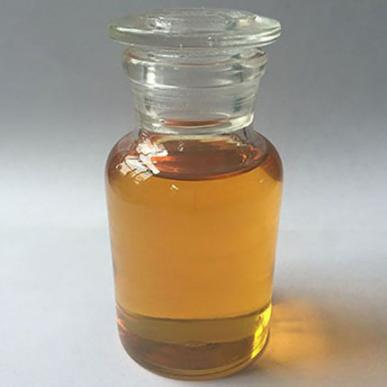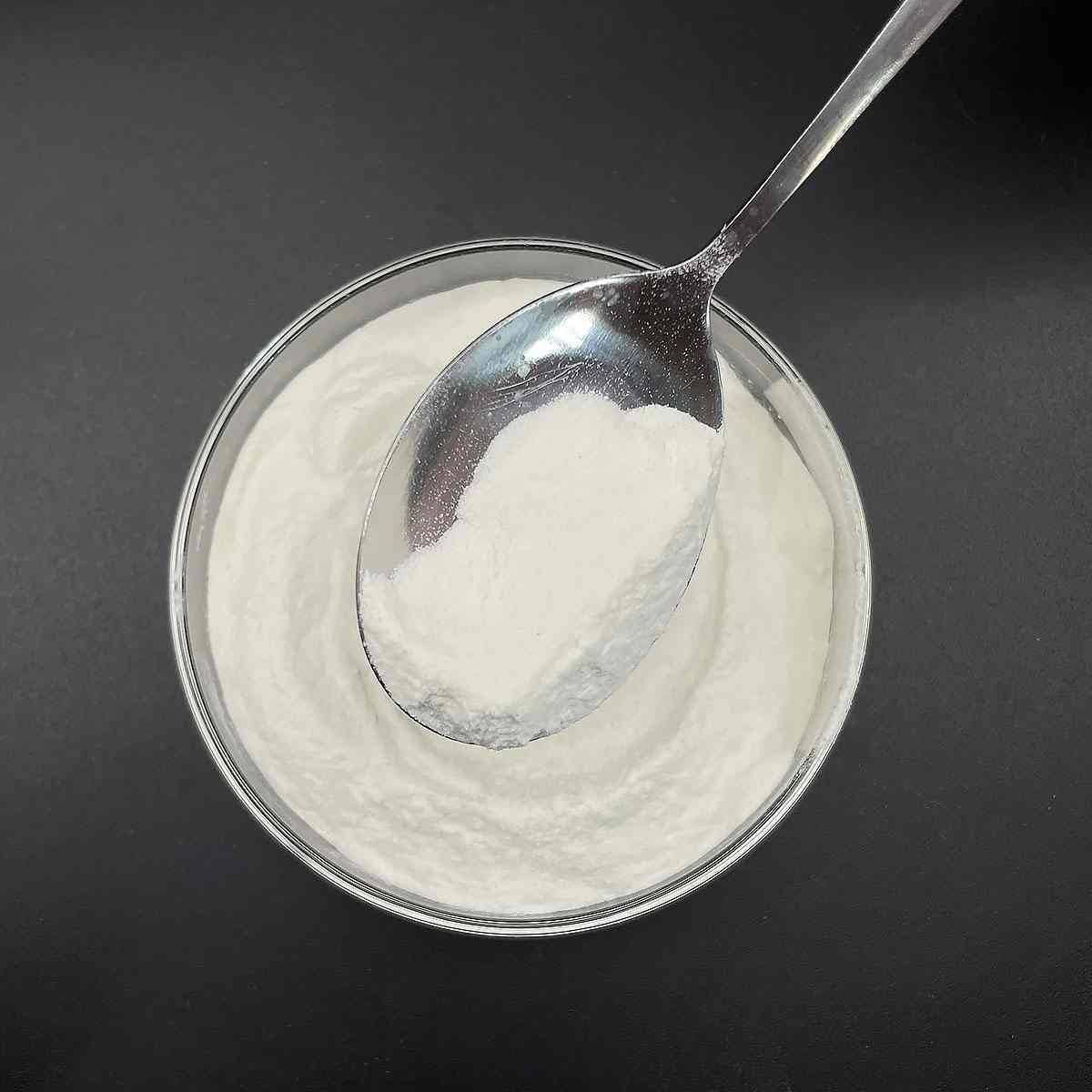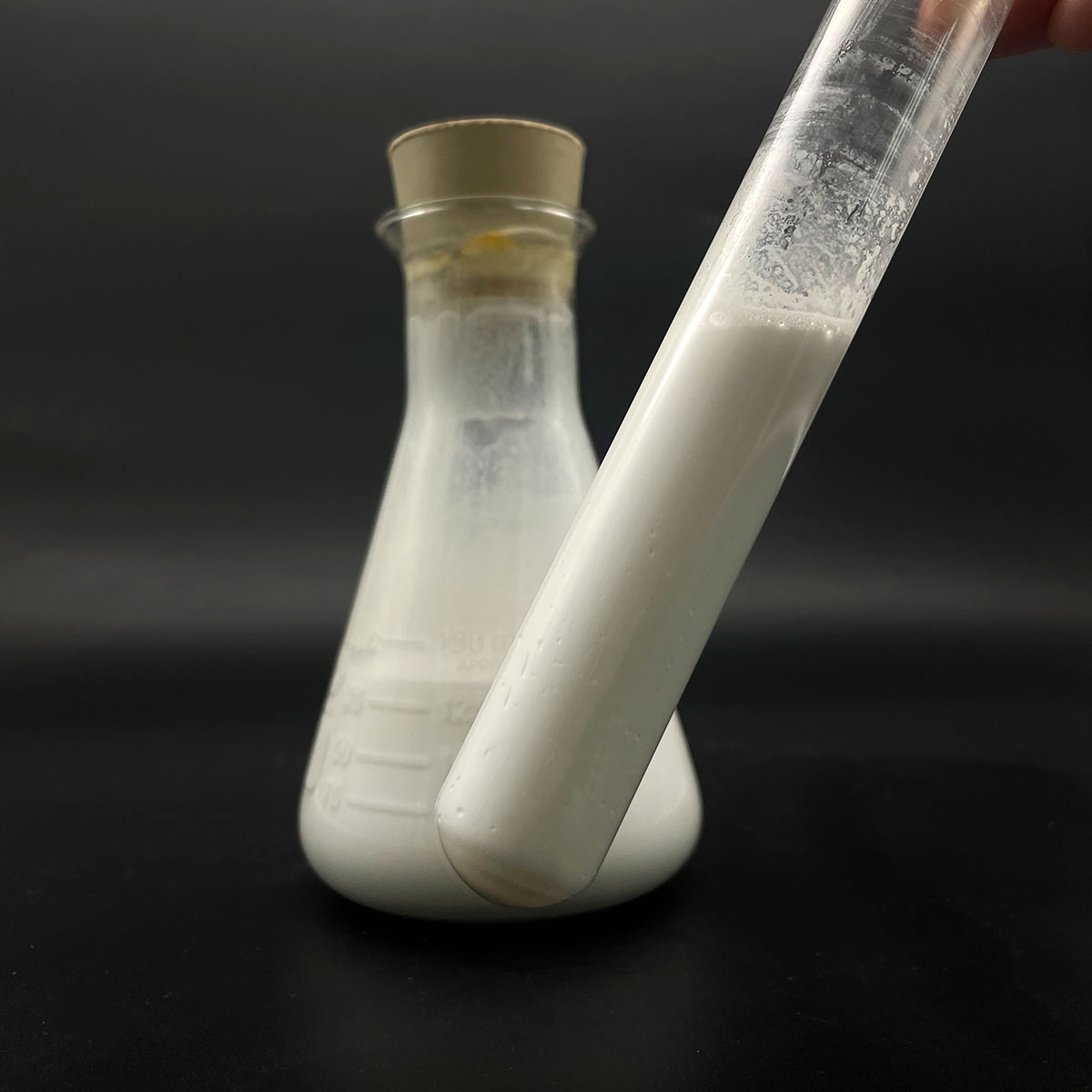1. Introduction
In the past 48 hours, the European Commission’s Scientific Committee on Consumer Safety (SCCS) released a preliminary opinion reaffirming concerns about sodium lauryl sulfate (SLS) in leave-on cosmetic products, citing potential skin irritation at concentrations above 1%. This update has reignited debates in the personal care and agrochemical industries about surfactant safety and sustainability—making now the perfect time to dissect SLS and its modern alternatives.

Sodium lauryl sulfate—also known as sodium dodecyl sulfate (SDS), natrium lauryl sulfate, or simply SLS—is one of the most widely used anionic surfactants globally. Found in everything from shampoos and toothpastes to herbicides and industrial cleaners, SLS is prized for its powerful foaming and cleansing abilities. But as consumer demand for gentler, eco-friendly ingredients grows, formulators are increasingly turning to alternatives like alkyl polyglucoside, coco glucoside, and amphoteric surfactants such as cocamidopropyl betaine (also called coco betaine or amidopropyl betaine).
2. Understanding Surfactants: The Meaning of Surfactant and Core Classifications
At its core, a surfactant is a molecule that reduces surface tension between liquids or between a liquid and a solid. The meaning of surfactant comes from ‘surface-active agent.’ These molecules have a hydrophilic (water-loving) head and a hydrophobic (oil-loving) tail, allowing them to emulsify oils, lift dirt, and create foam.
Surfactants fall into four main categories:
- Anionic surfactants (e.g., sodium lauryl sulfate, sodium dodecylbenzene sulfonate, ammonium lauryl sulfate): carry a negative charge; excellent cleaners and foaming agents.
- Cationic surfactants (e.g., cetyl trimethyl ammonium bromide or CTAB): carry a positive charge; used for antimicrobial and conditioning properties.
- Non-ionic surfactants (e.g., polysorbate 80, Span80, Pluronic 127, ethoxylated alcohols): no charge; ideal for emulsification and low-irritation applications.
- Amphoteric surfactants (e.g., cocamidopropyl betaine, sodium lauroyl sarcosinate): can switch charge based on pH; known for mildness and foam boosting.
3. Sodium Lauryl Sulfate: Chemistry, Uses, and Controversies
Sodium lauryl sulfate (SLS), chemically identical to sodium dodecyl sulfate, is derived from dodecyl alcohol (lauryl alcohol) and sulfuric acid. Its strong anionic nature makes it highly effective at removing oils—but also potentially irritating to skin and eyes, especially in high concentrations or prolonged exposure.

Common applications include:
- Personal care: shampoos, body washes, toothpaste (often labeled as ‘sls sodium lauryl sulfate’ or ‘na lauryl sulfate’).
- Household cleaners: dish soaps, laundry detergents.
- Agricultural adjuvants: used as a surfactant for herbicides and weed killer formulations to improve leaf penetration (e.g., as a lawn wetting agent or wetting agent for grass).
Despite its efficacy, SLS faces growing scrutiny. Unlike sodium laureth sulfate (SLES)—also called sodium lauryl ether sulfate or sodium lauryl ether sulphate—SLS is not ethoxylated, meaning it lacks the ethylene oxide groups that make SLES milder. However, SLES can contain trace 1,4-dioxane, a potential carcinogen, complicating the ‘safer alternative’ narrative.
4. Comparing SLS with Key Alternatives
4.1. Sodium Laureth Sulfate (SLES) and Ethoxylated Surfactants
SLES (sodium laureth sulfate, laureth sulphate, or sulphate laureth sulfate) is often confused with SLS. While both are anionic, SLES is created by ethoxylating lauryl alcohol before sulfation. This process yields a larger, less penetrating molecule that’s gentler on skin. It’s the dominant surfactant in ‘sodium lauryl ether sulphate in shampoo’ formulations. However, environmental concerns around ethoxylated alcohols persist due to biodegradability and byproduct issues.

4.2. Bio-Based and Mild Surfactants
The rise of ‘bio surfactants’ reflects a shift toward sustainability. Alkyl polyglucoside (APG), decyl glucoside, and coco glucoside are non-ionic surfactants derived from coconut or corn sugar. They’re biodegradable, non-toxic, and extremely mild—ideal for baby products and sensitive skin.
Other gentle anionic options include sodium cocoyl isethionate, sodium lauroyl methyl isethionate, and sodium cocoyl glutamate. Sodium coco sulfate (sometimes mislabeled as ‘coco sodium sulfate’) is a milder cousin of SLS, using a blend of fatty acids rather than pure lauryl.
4.3. Amphoteric and Zwitterionic Boosters
Amphoteric surfactants like cocamidopropyl betaine are rarely used alone but are critical in reducing irritation from anionic surfactants. They also enhance foam stability and viscosity. Despite past allergy concerns (linked to impurities, not the molecule itself), modern purification methods have made them safe and widely accepted.
5. Industrial and Agricultural Contexts
Beyond personal care, surfactants like lignin sulfonate, sodium deoxycholate, and even fluoro surfactants serve niche roles. In agriculture, SLS is used as a surfactant for herbicides to break surface tension and improve coverage. However, non-ionic surfactants like polysorbate 80 or ethoxylated alcohols are often preferred for their lower phytotoxicity.
Companies like Rohit Surfactants Private Limited supply industrial-grade SLS for such applications, where performance often outweighs mildness concerns. Still, regulatory pressure is pushing innovation—especially with copper 1 bromide and other metal-based systems requiring specialized wetting agents.
6. Safety, Regulation, and Consumer Perception
While SLS is approved for use in rinse-off products at low concentrations, its reputation suffers from misinformation. It is not carcinogenic, but it can disrupt the skin barrier. In contrast, cationic surfactants like cetyltrimethylammonium bromide (CTAB) pose higher toxicity risks but are essential in disinfectants.
Consumers increasingly seek ‘SLS-free’ labels, driving demand for alternatives like sodium lauroyl sarcosinate or lauroyl sarcosinate—mild anionic surfactants with excellent foaming and compatibility.
7. Conclusion
Sodium lauryl sulfate remains a workhorse surfactant due to its cost-effectiveness and cleaning power. However, the future lies in balanced formulations that combine mild anionic, amphoteric, and non-ionic surfactants to deliver performance without irritation. As regulations tighten and bio-based technologies advance, expect to see fewer products relying solely on SLS—and more innovation in sustainable surfactant chemistry.
Our Website founded on October 17, 2012, is a high-tech enterprise committed to the research and development, production, processing, sales and technical services of ceramic relative materials such as Sodium. Our products includes but not limited to Boron Carbide Ceramic Products, Boron Nitride Ceramic Products, Silicon Carbide Ceramic Products, Silicon Nitride Ceramic Products, Zirconium Dioxide Ceramic Products, etc. If you are interested, please feel free to contact us.


